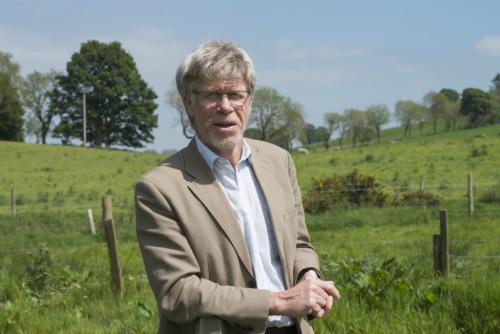Search results
Displaying 271 - 280 results of 897
- Factsheet0800 beeflamb 0800 233 352 wwwbeeflambnzcom farmers farmers 31 6 describing advertising job factsheet september 2023 series job description well thought out job description help you when time …
- NewsIf you’re rearing calves for beef, or as dairy replacements, you’ll likely be treating them at intervals for internal parasites, or …

- Factsheet0800 beeflamb 0800 233 352 wwwbeeflambnzcom farmers farmers 3 18 reviewing applications through interviewing factsheet september 2023 series following successful marketing advertising campaign next …
- Editable PDF1st august 2019 bakerag harrison hannah bruce socioeconomic impacts largescale afforestation rural communities wairoa district 2 client report case study socioeconomic impacts largescale …
- Factsheet… than 4 months above 120kg weight however yard weaning calves over 4 months age 120kg being … than 4 months above 120kg weight however yard weaning calves over 4 months age 120kg being …
- Industry datastock number survey 30 june 2018 0800 beeflamb 0800 233 352 wwwbeeflambnzcom farmers farmers beef lamb new zealand economic service august 2018 p18015 issn 22305777 1 2018 beef lamb new zealand …
- PodcastIn this call, Trevor will share his knowledge and insights for fine tuning your animal health plan following the dry autumn and heading into lambing and …

- Other PDFministry foreign affairs trade consultation update new zealands approach international climate change negotiations beef lamb new zealand ltd submission new zealands approach 2023 international …
- NewsBeef + Lamb New Zealand (B+LNZ) representatives are gearing up for the UN Climate Change Conference of the Parties (COP28) meeting soon in …

- NewsBeef + Lamb New Zealand is leading a ground-breaking genomics project which will help future-proof New Zealand’s sheep …
